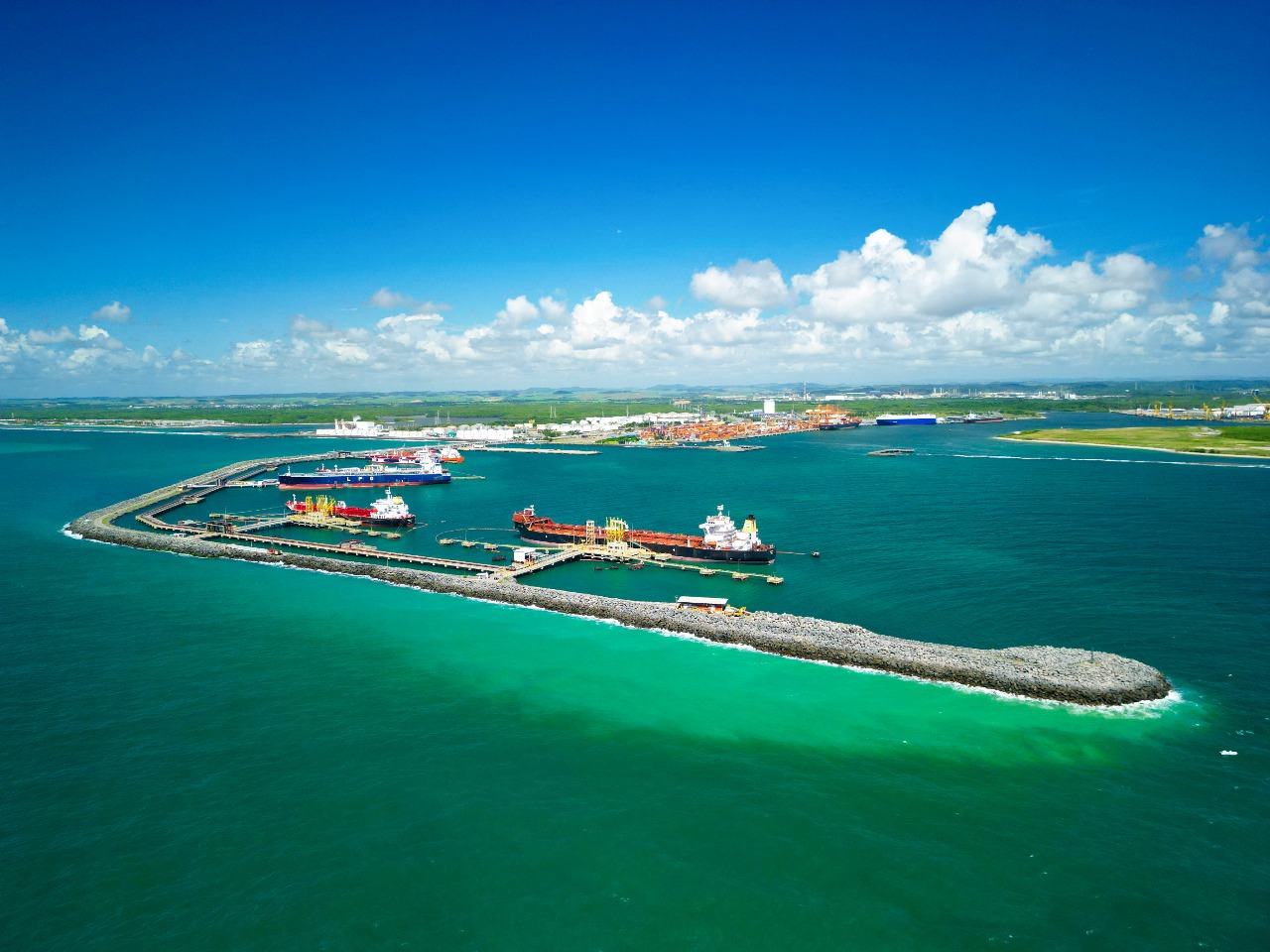
Port of Suape (PE) participated to regain its leading role in the export of Brazilian fruits
Port of Suape (PE) participated to regain its leading role in the export of Brazilian fruits
Written by Marcio Guiot | President-director of Porto de Suape
The fruit production sector in Brazil is one of the country’s main economic activities, as it is anchored in the vast diversity of items that vary according to each region and climate. In production scale, we are the third largest fruit producer in the world, behind only China and India.
As we move towards the global market with an emphasis on foreign trade, we perceive fruticulture as a fundamental topic on the world economic agenda. When we address the issue of fruit production and trade, an issue arises: food security, that is, access to quality food in sufficient quantity and on a regular basis.
When we analyze the production and marketing characteristics of Brazilian fruits, the present scenario is that the European Union, the USA, and the United Kingdom are our main fruit buyers.
Fruit exports in 2023 were US$ 1.35 billion, the largest in the historical series. Since 2019, Brazilian foreign sales of fruit have exceeded the figure of US$ 1 billion, with an increase of 24.5% last year. The main destination for Brazilian fruit is the European Union, and around half of all the amount of fruit exported from Brazil is directed to the European bloc.
According to the Brazilian Association of Fruit and Derivatives Exporters (Abrafrutas), the sector accounts for 16% of all agribusiness labor, and the fruits most exported by Brazil are mango, melon, grapes, lemon, and lime.
As we land in Pernambuco, we can tell that the state is one of the main exporters of fruits in Brazil, especially mangoes and grapes. When it comes to these fruits, our state stands out as the largest exporter in Brazil.
The fruit production sector continues to grow in terms of production values and GDP. It is concentrated mainly in the São Francisco Valley: Petrolina is the main hub, plus other municipalities in the region called Sertão do São Francisco such as Afrânio, Cabrobó, Dormentes, Lagoa Grande, Orocó, and Santa Maria da Boa Vista.
In this scenario, port infrastructure is considered one of the main factors for exporting products from the fruit sector. For this reason, a few port complexes have consolidated themselves in recent years in the global fruit transportation market, such as the Port of Pecém (Ceará) and the Port of Salvador (Bahia).
The Port of Suape (Pernambuco) is taking action to regain its leading role in fruit exports, especially the produce from the São Francisco Valley. The Suape administration is aware of the need to attract this type of product, thus we have worked tirelessly to make our port a leading player in the transportation of fruit produced in the state.
It was in this direction that the dredging of the outer canal was carried out – a work that started on December 1, 2023 and resulted in the deepening to 20 meters. The completion of this work cost R$ 140 million and resulted in the removal of 1,700,000 cubic meters of sediment, following a strict
schedule of activities licensed by the intervening agencies. This intervention was completed after four months of service, using state-of-the-art dredgers. Once these projects are completed, the dock will be ready to receive large vessels, such as the Suezmax oil tanker, at full capacity.
Dredging of the inner canal will begin soon, and the deadline for completing the dredging of this canal is six months. It will be deepened to 16.2 meters, and we expect to remove 3.8 million cubic meters of sediment. This work is essential to allow the safe docking of 366-meter-long container ships and other world-class vessels with maximum cargo capacity. The same contract includes the dredging and maintenance of the turning basin and Liquid Bulk Piers (PGLs) 3A and 3B, to deepen the canal to 18.5 meters.
This intervention costs R$ 199,722,311.71 – of which R$ 100 million comes from the Ministry of Ports and Airports through the Economic Acceleration Program (PAC3), and R$ 99,722,311.7 million is from Pernambuco State resources.
Suape is a state-owned company that guarantees the necessary infrastructure for new ventures to be established. The completion of the second container terminal will enable the conditions for new routes to be created such as the Santana Service, which connects Suape to the Asian continent and is already operated by Tecon Suape.
We aim to become more competitive and increase our participation on a global scale through competitive advantages, such as world-class ships that will use the port with maximum capacity and cargo. Our goal is to position the Pernambuco dock as an attraction for fruit exports.